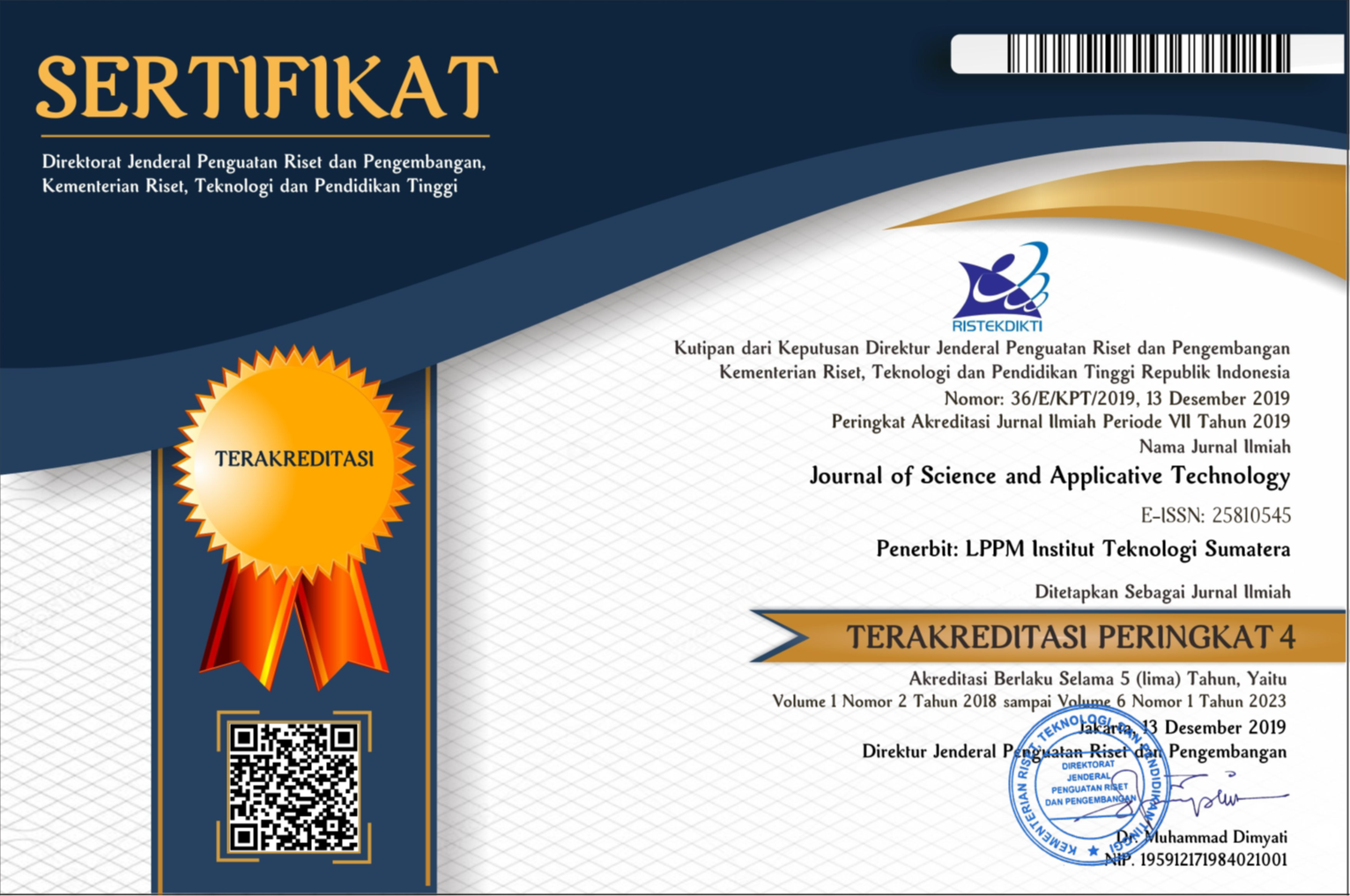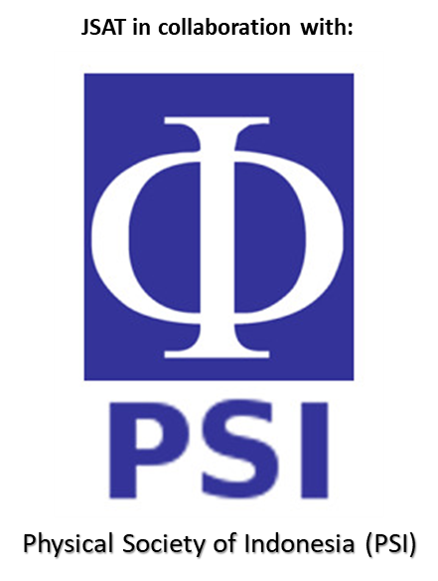Sleep Deprevation Effect On The Driving Activity Using Sustained Attention Test
Abstract
The rate of train accidents in Indonesia is still high, mainly caused by humans related to fatigue while on duty. One of the factors that influence the level of fatigue is the duration of the previous sleep time which causes the level of alertness at work to decrease. This study aims to determine how significantly a person alertness performance decreases due to sleep deprivation using Sustained Attention Test. The study was conducted with laboratory experiments using a train simulator involving twelve participants aged 21.2 ± 0.92 years. The independent variable is the duration of sleeping time before driving with a duration of eight hours for normal conditions and a duration of two hours for sleep deprivation. The dependent variable is the parameter on the Sustained Attention Test which is tested before and after driving using the Kruskal-Wallis test. The results showed that there was a increase in the value of the Sustained Attention Test, especially the error and miss parameters which were significant due to sleep deprivation with an average significance of p-value less than 0.05 and increasingly significant with an average of p-value less than 0.01 after driving activity. This shows that sleep deprivation greatly affects the drivers performance while on duty.
Downloads
References
[2] T. Åkerstedt, J. Axelsson, M. Lekander, N. Orsini, and G. Kecklund, “The daily variation in sleepiness and its relation to the preceding sleep episode-a prospective study across 42 days of normal living,†J. Sleep Res., vol. 22, no. 3, pp. 258–265, Jun. 2013.
[3] A. Williamson, D. A. Lombardi, S. Folkard, J. Stutts, T. K. Courtney, and J. L. Connor, “The link between fatigue and safety,†Accid. Anal. Prev., vol. 43, no. 2, pp. 498–515, Mar. 2011.
[4] E. De Valck, L. Smeekens, and L. Vantrappen, “Periodic Psychological Examination of Train Driversʼ Fitness in Belgium,†J. Occup. Environ. Med., vol. 57, no. 4, pp. 445–452, Apr. 2015.
[5] R. Bridger, Introduction to ergonomics, 3rd ed. CRC Press, 2008.
[6] S. K. L. Lal, “The Psychophysiology of Driver Fatigue/Drowsiness: Electroencephalography Electrooculogram Electrocardigram and Psychological Effects,†Sydney UTS, 2001.
[7] I. Z. Sutalaksana, R. Anggawisastra, and J. H. Tjakraatmadja, “Teknik perancangan sistem kerja,†Bandung ITB, 2006.
[8] J. Dorrian, G. D. Roach, A. Fletcher, and D. Dawson, “Simulated train driving: Fatigue, self-awareness and cognitive disengagement,†Appl. Ergon., vol. 38, no. 2, pp. 155–166, Mar. 2007.
All the content on Journal of Science and Applicative Technology (JSAT) may be used under the terms of the Creative Commons Attribution-NonCommercial 4.0 International License.
You are free to:
- Share - copy and redistribute the material in any medium or format
- Adapt - remix, transform, and build upon the material
Under the following terms:
- Attribution - You must give appropriate credit, provide a link to the license, and indicate if changes were made. You may do so in any reasonable manner, but not in any way that suggests the licensor endorses you or your use.
- NonCommercial - You may not use the material for commercial purposes.
- No additional restrictions - You may not apply legal terms or technological measures that legally restrict others from doing anything the license permits.





















